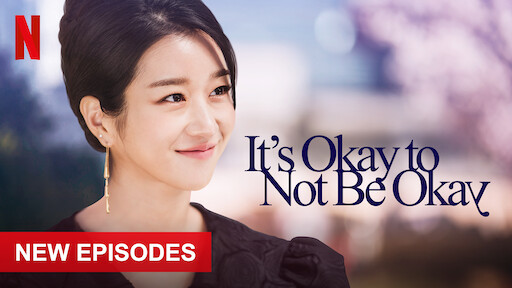The Mid-Autumn Festival is a festival celebrated notably by Eastern Asian countries. This festival is known by several different names: 추석 (Autumn eve) in Korean, お月見 (Moon view) in Japanese, 中秋節 (Mid-Autumn Festival) in Chinese, and Tết Trung Thu (Mid-Autumn Festival) in Vietnamese. The festival is held on the 15th day of August according to the lunar calendar which coincides with mid-September or early October of the Gregorian calendar.
The festival is often celebrated with lanterns – traditionally only red paper lanterns were used, but colorful lanterns that depict pop culture have been gaining popularity in the past decades or so. Traditionally, the lanterns are made of paper as a way to allow people to write riddles to be solved by other people. However, the majority of people have moved away from writing riddles in favor of writing their wishes and goals.
In Viet Nam, the festival is primarily celebrated by children. At night, they would carry brightly lit and colorful lanterns and participate in a group parade while donning masks. While traditional lanterns were handmade from paper, the rise of the manufacturing sector in Viet Nam created an abundance supply of plastic lanterns that utilize the images of internationally recognized characters and mascots such as Peppa Pig, Pikachu, Disney characters, Doraemon, Hello Kitty, et cetera. These modern lanterns are often equipped with popular musical tunes.
One popular aspect of the festival involves Mooncakes, which can only be found around the time of the festival. Typical mooncakes are round and bulky. They always contain some sort of sweet filling and salted duck egg yolks. Popular fillings include – the most common found – lotus seed paste, red bean paste, mung bean paste, mixed nuts, and – the least commonly found – black bean paste and date paste. Some regions of Viet Nam have also incorporated the infamous durian fruit as a filling into the popular snack. While they serve as a popular snack food, a single mooncake can contain up to 1,000 calories and, although small, is meant to be shared among family or friends. This is to symbolize the notion of reunion among people.
Another traditionally common activity during the festival is matchmaking and courtship. This tradition is believed to have originated in China with prayers to the moon goddess Chang'e. In Viet Nam, the tradition is more festive in that a carefully selected group of people are gathered to showcase their ability to sing or recite poetry. In each round, a girl and a boy will be eliminated until there is only one couple remains, which is quite similar to the concept of musical chairs. The couple remaining is given a prize and sometimes even matrimonial prospects. This practice is now less common in modern society and urban areas like Ho Chi Minh City and Hanoi as people move away from the concept of matchmaking and courtship. However, this practice is still popular among the rural areas and indigenous people of Viet Nam where marriage is often arranged.

